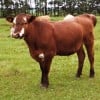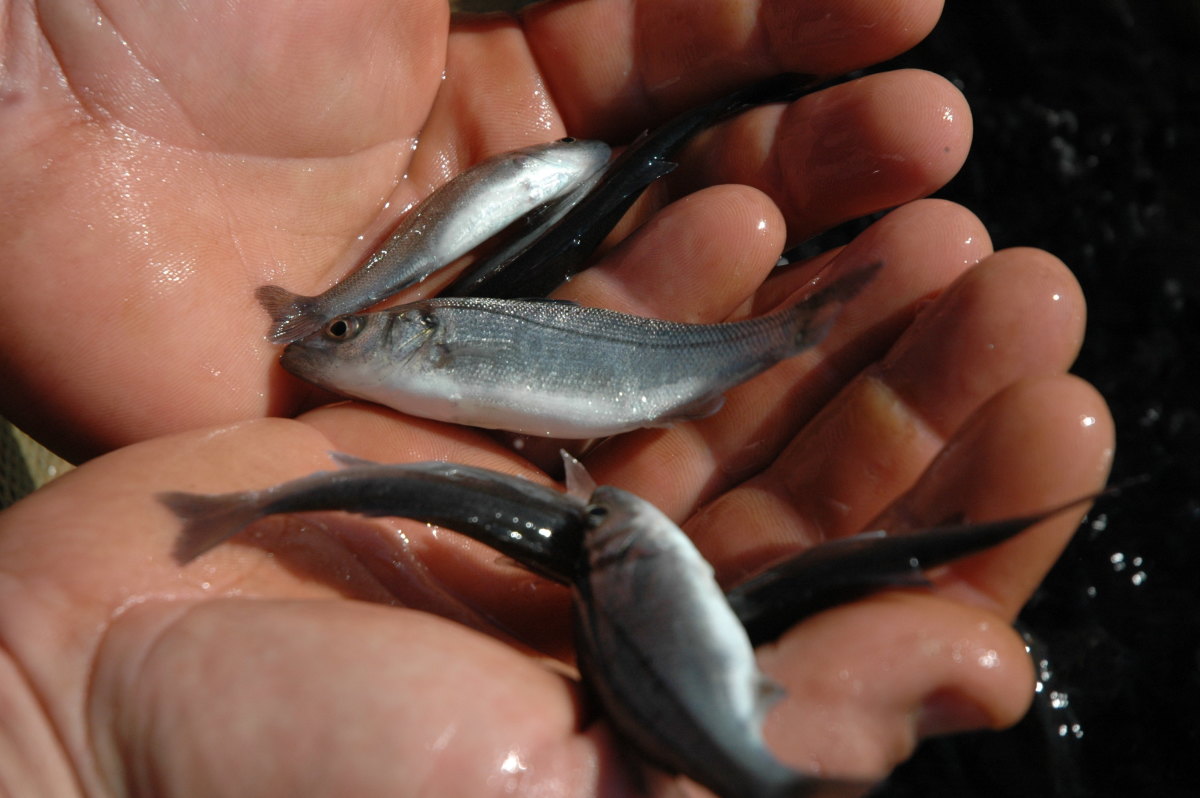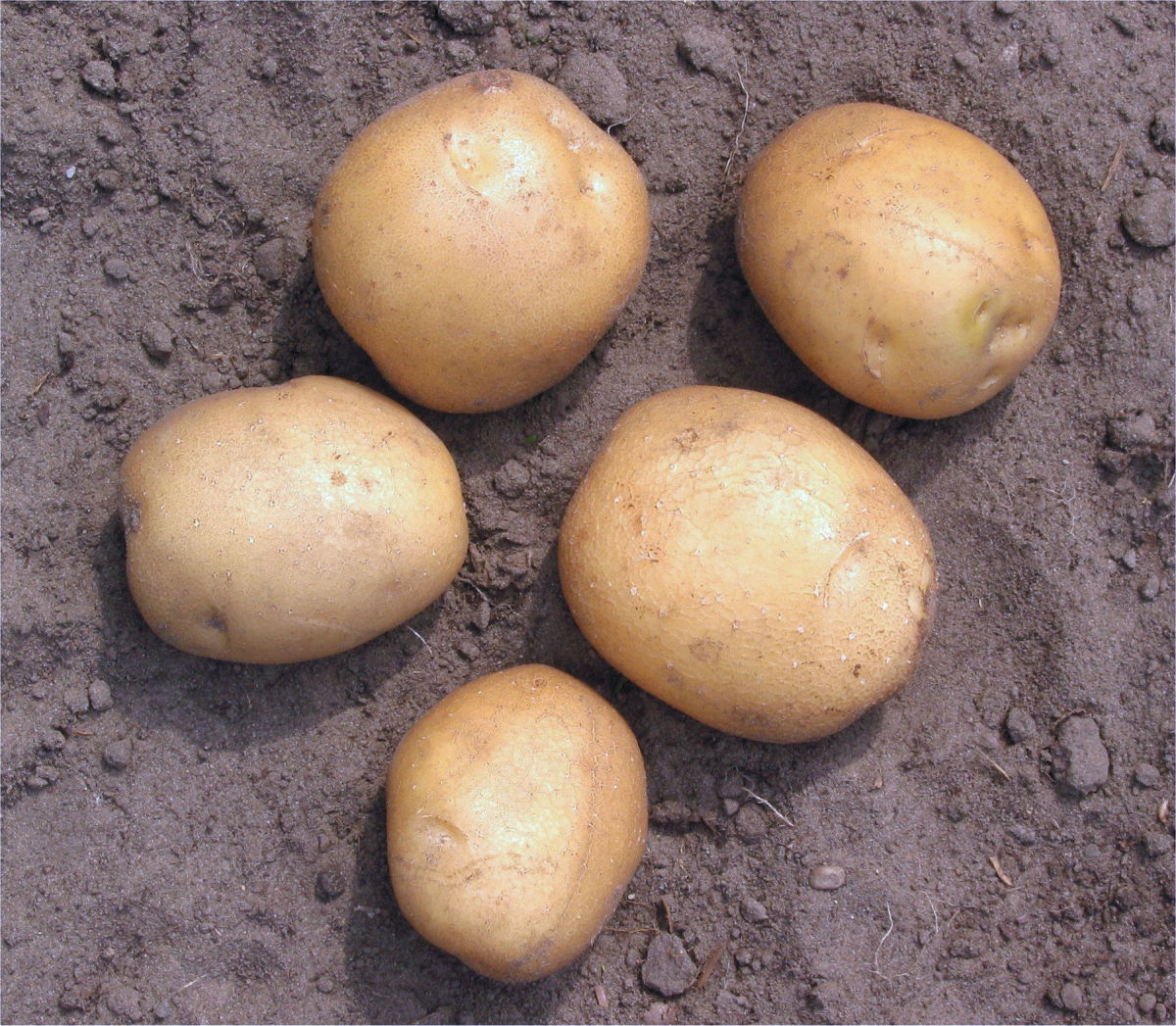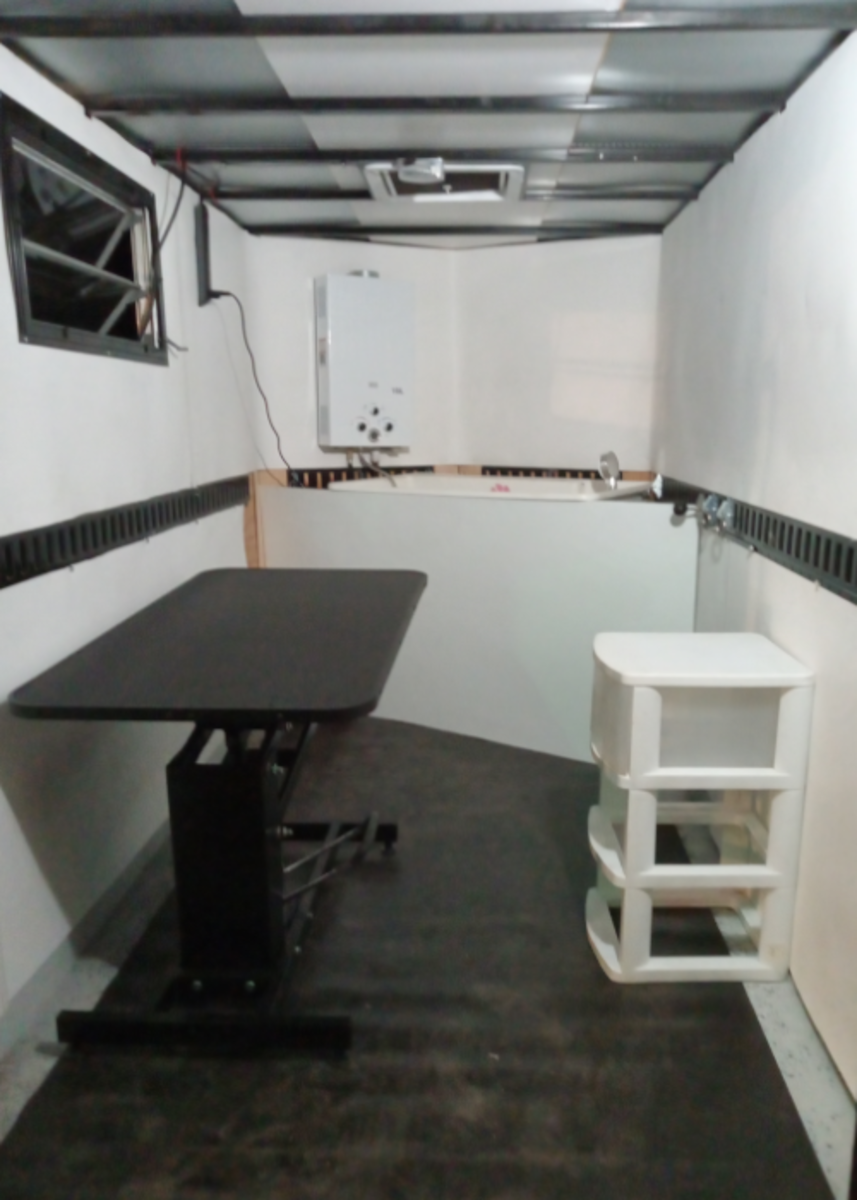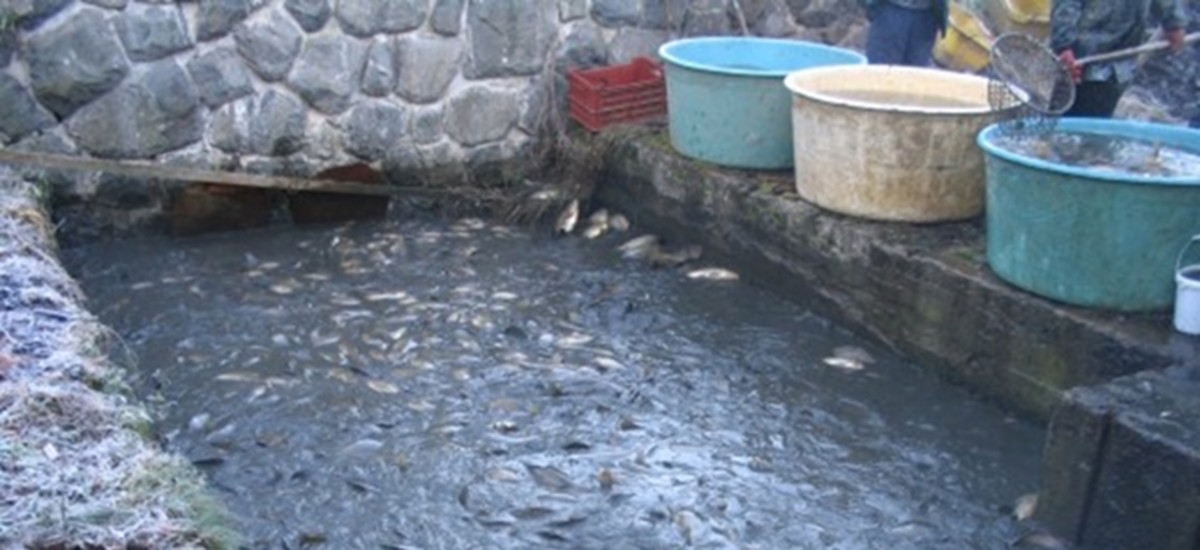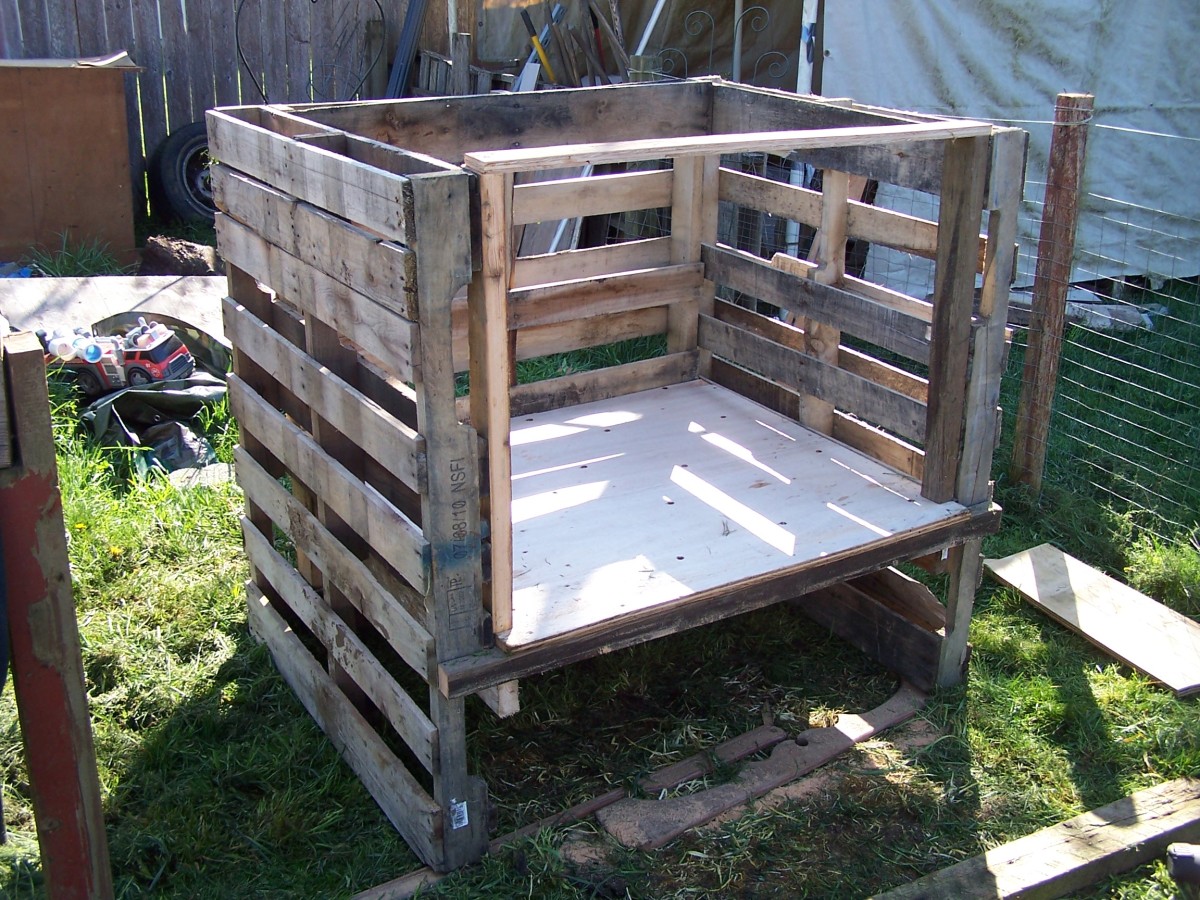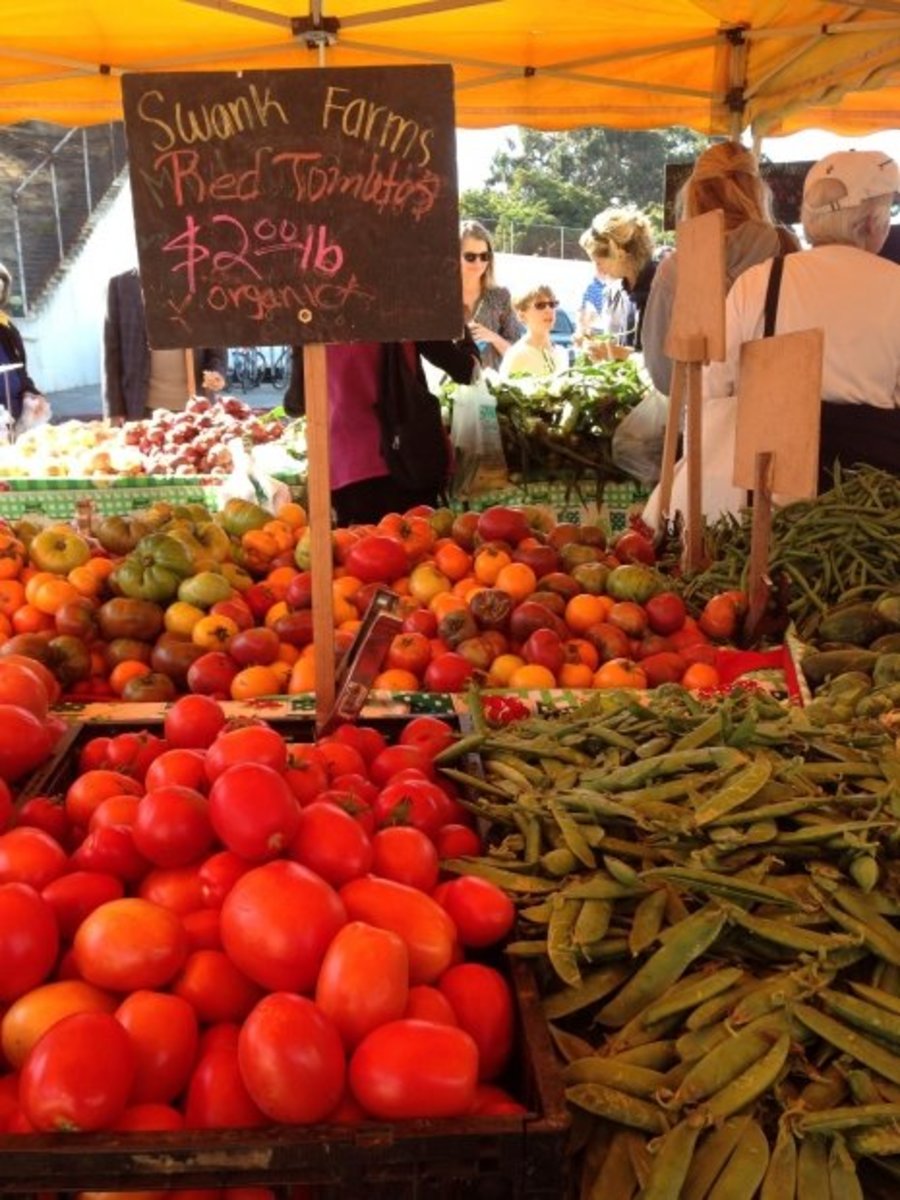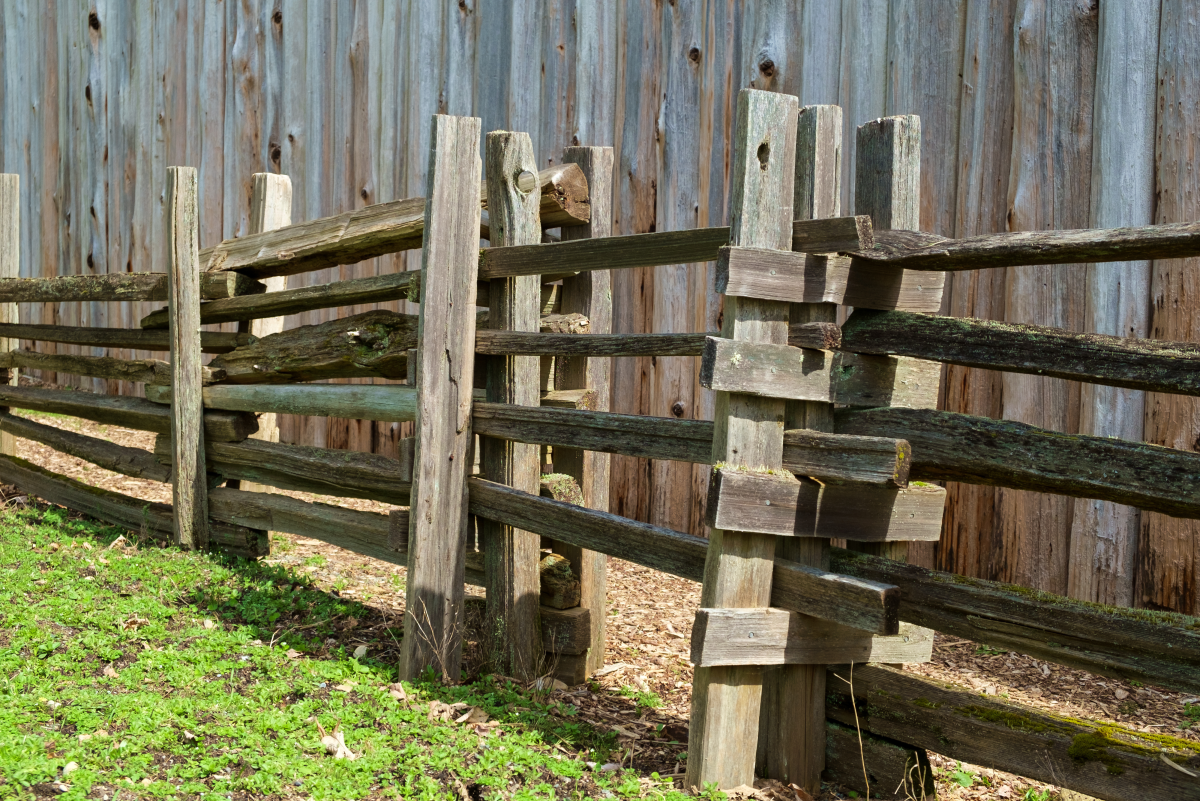Turning Unsustainable Cropland into Sustainable Permanent Pasture/Grassland
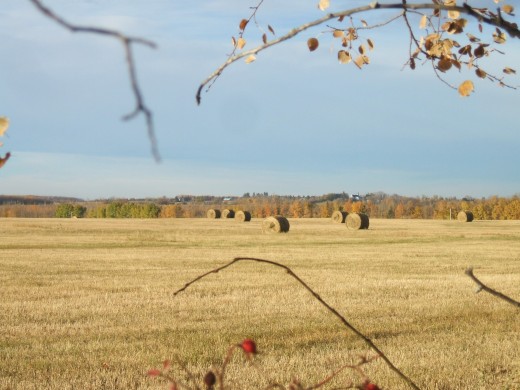
The Challenge Has Begun
Though I can't put anything into context yet, nor literally am saying that I am actively doing this or going to do this in a matter of a few weeks (or whenever spring truely arrives), I mean that the challenge of planning out what to do when that time comes (in a couple years or so) has begun. You know, at first I thought it would be easy to figure this all out. But now, I've certainly got to re-think my plans with all the personal and farm-related stuff that has happened in the past few years since my dad passed on.
No doubt, though, I have anticipated this happening (even though I had wished it wouldn't), and no doubt I am a flexible person, able to quickly adapt to new things. But, where one side of me wants to dish out enough money to have contract seeders sow in the seed I want where I want, plus install some more permanent fencing, the other side of me shrinks back at the idea. Sure I am adaptable to change, but sometimes it's hard to accept it. There's all these little things that I worry about that I shouldn't, and I think that's the barrier I keep hitting, and must be broken down with adequate research and talking to the right people.
One thing I do know is that I do have to contract-seed the pasture acres. I also have to hire other folks to come in to install permanent fencing (just the barbed wire fencing, the other temporary electric I can handle, along with fence repairs), and possibly contract-hay those pastures that haven't been grazed yet, since I will be starting with a smaller herd of cows (around 5 or 6). The main thing I worry about with contracting people is timing. I worry about things like: what if they don't get the hay off in time? What if they cut the hay at the wrong time? What if they bale the hay up too early? Et cetera et cetera. If someone can aleviate my fears about this, I'd appreciate it. And if I have to hay my own pastures, that means I gotta do a lot more learning, because my folks never set aside the time to teach me how to cut or bale hay. I know all about the timing, just the mechanics of it all is a little intimidating to me. But maybe I'm making too big of a fuss over it?
Converting Drylot and Mud Slough to Pasture and a Healthy Riparian Habitat
We have two corrals that have seen a lot of hoof traffic over the past five or so decades. Before, the corral behind our old little barn we call the Back or Big Corral had grass from the slough to the Machine Shed and from the slough to the barn. Now, it's 90% dirt and climbing, with more pugging from the animals in the spring (which kills off the grass), and areas of heavy traffic where cattle have laid, and ate from a bale feeder or feed bunk or both. That hill that used to have grass around 20 years ago, is now so compacted that nothing can nor will grow there. A few little weeds here and there, but most of it's trampled by the cattle. It is on this hill that I would like to put into grass, as well as some legumes to help bust up the soil and prevent compaction. I believe the weeds that grow there when the cattle are absent from that area is also Nature's way of solving the soil compaction problem, though a bit ugly it seems from us human's point of view. But I would like to help nature along by planting some more forbs like alfalfa or clover, plants that are deep-rooted, to help break up the compacted soil, increase water retention and increase soil quality.
Once that compaction problem is solved, minimizing hoof traffic to only that necessary to graze the area to a sufficient height and not using it as a drylot-feeding area, then that may solve our problem with the slough. From my standpoint, where the corrals are located today are in a bad spot, with the cattle having to cross the wet slough area to get to water, and back to get to their feed. It's been like that for years, unfortunately. But I don't want to do any more dry-lotting of cattle, at least try not to. As mentioned before, I would like to convert the slough area into natural wetland habitat, if it stays that way, as well as solve our bad mud and water problem we get every spring in that Back Corral. I have come up with a reason as to why the water always accumulates in those low areas, and it primarily has to do with two things: topography and soil compaction. When you get compacted soil, it no longer is able to retain or allow moisture to soak in. And water that doesn't get soaked in has to go somewhere. Since the Back Corral is located where two hills meet at the bottom, and these two hills are in serious degradation because of compaction, the water then flows down these two hills and accumulates at the bottom, in those notorious slough areas. And it just sits there, with no where else to go.
So this is where my biggest problem and my debate starts: How do I convert a muddy slough into a riparian zone? I know what I have to do first: fence it off, and allow no hooved critters inside or anywheres near it. Secondly, I may have to drain it out, but the thing of it is is that it isn't wet all the time, it does dry up during the late spring to summer when we don't get much rain. But I guess that's really no excuse, right? Because it still fills up when we get heavy rains. After all that, I now ask the most important question: When can I seed? When should I sow grass seed in? I don't mean to answer my own question, but what about after most of the water has drained out, or evaporated? Or is there anything else I should do before-hand? I am stuck on this question and would love to hear from anyone with any ideas.
This slough area isn't small, by any means. It extends from outside of the west fence of the Back Corral for about 1/8th of an acre, all the way, from the middle of the Back Corral to the Side Pasture where our land converges with our neighbor's, and even that slough is about half an acre in size. So in total, minus the portion of the slough on the neighbor's side of the fence, there is about 4 to 5 acres of slough to deal with, at least 2/3's of that is in worse shape than the portion in the Side Pasture. It certainly attracts ducks, geese and frogs and water insects in the spring time, something I would like to see more of throughout the whole slough-area.
There are other slough/wetland areas around the farm that have been tilled under, but should be (hopefully) less of a head-ache to worry about than that mess in the corral.
Converting cropland into permanent pasture is slightly easier, but only just. I do know what grass and legume species I want in the pasture mix, which is a bonus. Soil quality will be a concern and something that I will really have to work hard towards, as the number of years that we've been planting crops on it has degraded soil quality to the point where, like many farmers have had to do, we've had to fertilize every year. I definately will be doing soil testing across the farm to have a general idea of what the soil needs, what it is deficient in, and what is in excess. I do understand that the kind of pasture I would like to see on the farm may take several years and careful grazing management planning of careful observation and care to get to that goal I see, or wish to see. So many things play into what I want to do, and much of it is very hard to predict, but the best I can do is have a basic plan and go from there.
Overall, I would like to see this farm be converted from a mixed grain and cattle farm, to that of a livestock farm, with cattle (definately), and maybe some goats and chickens, and the best quality pastures you'll see for miles around, with buffer zones for riparian habitat, more trees, and more wildlife coming around to pay a visit. I love to see wildlife, and I also love to be around nature, so why can't I bring that to the farm?
